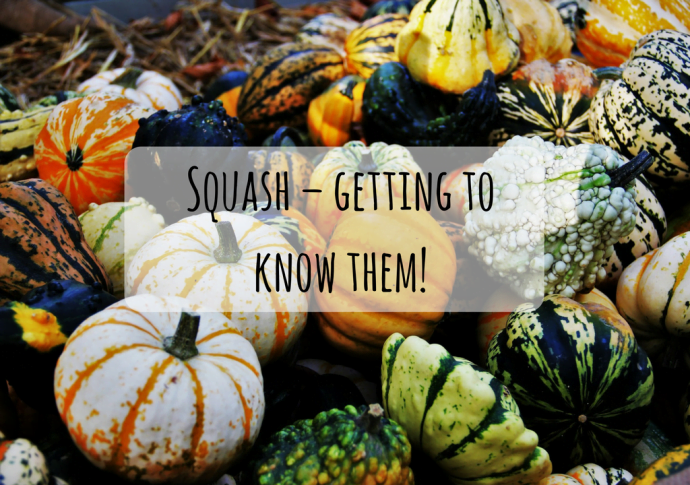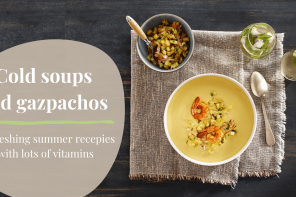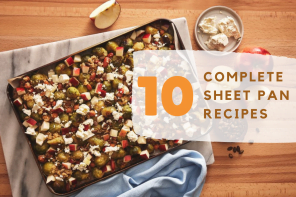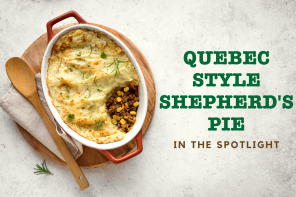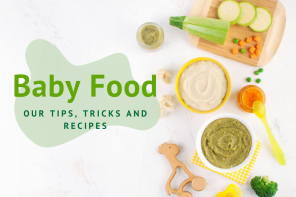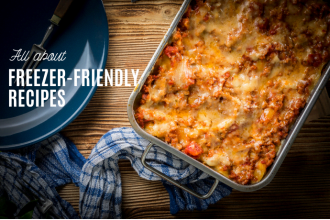Squash: the essential food for autumn cooking
When fall arrives, it brings with it a bountiful harvest of extraordinary fruit – namely squash!
Gourds have been part of the Canadian diet for centuries now, but do we really know them? Here’s our take on this versatile and oh-so-comforting food!
History of squash
Squash has been cultivated for a very long time, so plays a significant role in the human diet. Archaeological digs in Mexico unearthed squash remains from the Cucurbita pepo family dating back to 8500 BCE.
And eating squash is linked to a significant discovery – the Americas! In fact, it was Christopher Columbus who described this fruit for the first time in his journal in 1492 when he landed on the island of Cuba. Even today, this fruit continues to impress us!
Aboriginal communities used an agricultural technique that combines complementary crops called The Three Sisters: squash, beans and corn. This companion planting technique benefits each crop: squash keeps the soil moist and its leaves limit weeds from developing.
First Nations grew gourd not only for its flesh, but also to make tools from it. Historians trace the use of this fruit to making ladles, works of art, lamps and gourds – containers that got their name from the squash with the same name.
Growing squash

For squash to grow to term, it needs at least 80 to 120 days of sun starting from when they’re sown, so full sun is perfect for growing all kinds of squash. Here’s an interesting fact: on average, gourd is made up of 90% water and must be sown in rich, well-drained soil.
Harvesting time depends on the type of squash. For summer squash like zucchini or pattypan squash, they’re harvested before they reach full maturity for maximum texture and flavour. If you can pierce the flesh easily with a fingernail, it’s ripe. If not, it means that the skin is too hard and the fruit too old.
As for winter squash like pumpkin and butternut squash, they’re not harvested until their skin has hardened and they’ve reached full maturity. They need three or four months to reach this stage before being harvested.
When you’re at the market, choose winter squash that has a stem at least 1 cm long because the stem protects the fruit from spoilage organisms. This way you can enjoy it throughout the cold months!
Squash: a goldmine of nutritional values
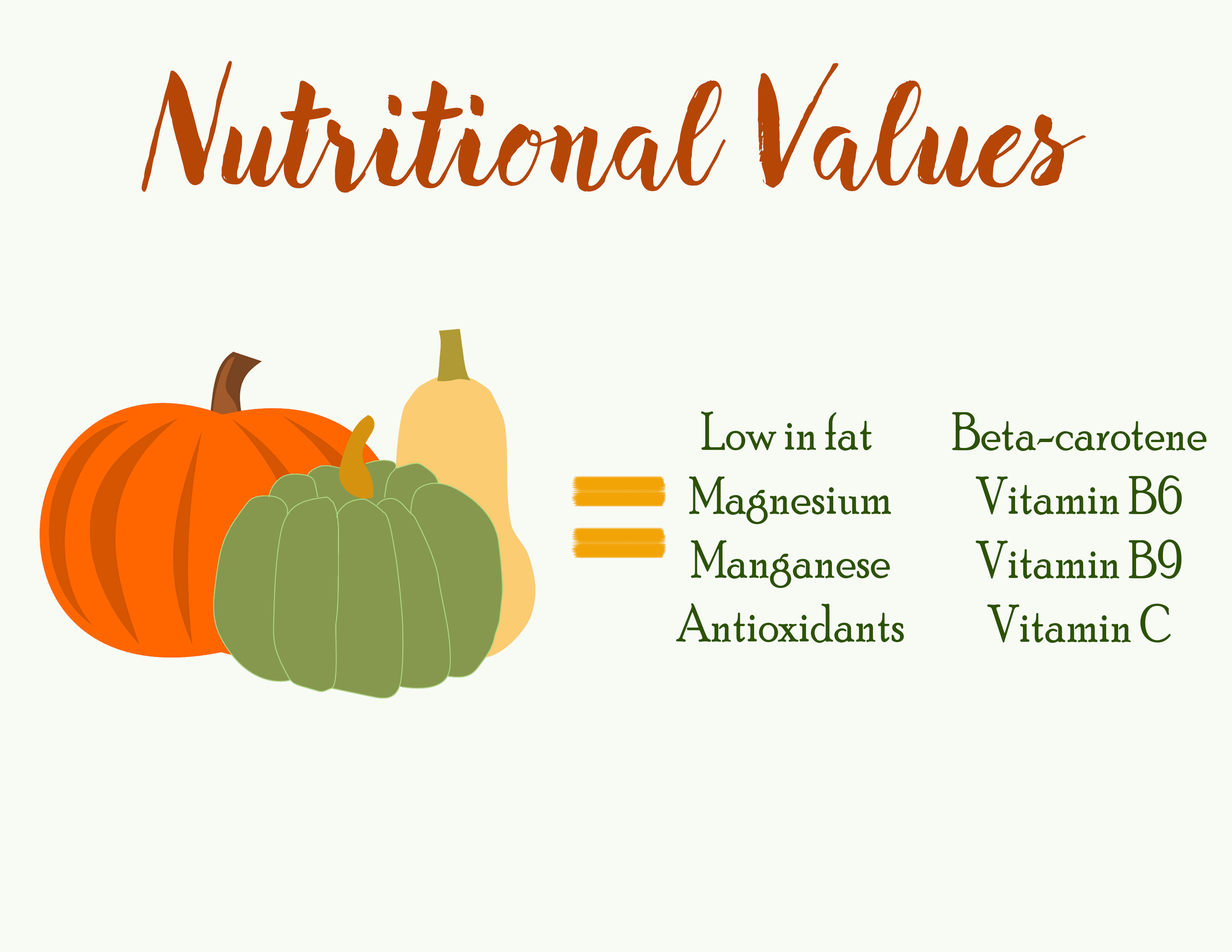
In addition to being delicious, squash is also excellent for your body. In fact, it’s low in calories because it’s low in fat.
As well, this fruits contains good amounts of potassium and manganese. It also has a significant amount of beta-carotene which is a precursor to vitamin A. Summer and winter squash are good sources of vitamins B9, B6, C and magnesium.
Gourd also contains a good amount of antioxidants, lutein and zeaxanthin that promote the regression of age-related macular degeneration, the macula being a retinal zone.
Discovering new kinds of squash
You often hear people talk about pumpkin, zucchini, butternut or spaghetti squash, but what other kinds of squash do we have in Canada? Below is a table to help you learn about other kinds of this fruit you can find at the grocery store.

Ambercup
Ambercup is a cross-breed of Hubbard and buttercup squash. It has a tough, bright orange skin that’s hard to peel and is shaped like a pear. Its orange flesh isn’t too fibrous, is firm and soft. It tastes like chestnut and is excellent fried, sautéed, in desserts and even raw in a salad. Ambercup can keep for three to six months.
Buttercup
This South American squash looks like a dark green, flat drum with grey stripes. It’s got a dry, orange, non-fibrous flesh with a skin that’s difficult to peel. Its sweet flavour is reminiscent of chestnut and it smells buttery, hence the name. It can be pureed and put in soufflés, pies and pasta like ravioli. It keeps three to six months.
Carnival
The carnival squash stands out because it has really deep grooves from top to bottom. Its bright colours vary between red, creamy white, orange and green with patterned spots and stripes depending on how ripe it is. The flesh of a carnival gourd is firm, dry and creamy yellow. It smells like hazelnut, butter and even a hint of maple syrup! It’s used mainly in salads, risotto and curries, but can also be fried. This squash marries well with pork, lamb and grilled veggies. It keeps up to a month.
Delicata
Delicata squash is long and cylindrical. Its skin is the colour of ivory with green stripes along its length with pale yellow, thin flesh. Raw, it tastes like a reinette apple. Cooked, it’s more like hazelnut or chestnut. It’s sweet and a little fibrous. This squash is really easy to work with. It can be stuffed or used in desserts and even in ice cream. It keeps for three to six months.
Lady Godiva
The Lady Godiva squash looks like a round melon. It’s green with orange ridges and is hard as a rock which makes it difficult to cut. It is even recommended to use a hammer to open it up! It’s got a clear, mealy orange flesh, but is grown mainly for its seeds which don’t have a shell, so can be transformed into oil. Seeds can be toasted like pumpkin seeds. The flesh is terrific in soups, chowders and ratatouilles. It keeps for two to four months.
Marina di Chioggia
This squash comes to us from Venice, Italy, and its name means “Chioggia sea pumpkin”. Its very firm, very dark green skin is covered in warts and its flesh is orange or bright red. It tastes a lot like chestnut. Traditionally, it’s used to make gnocchi, ravioli or tortellini, but can also be used in stews and chowders – plus it keeps its shape when baked. It can be stored for three to six months.
Triamble
Triamble is a variety of squash that comes from Australia. Three triangular lobes give it its unusual shape. Its slate grey skin is really hard, but its yellowy orange flesh has a light taste. This squash can easily be used as decoration, but its flesh is edible and delicious in sweet dishes, au gratins and soups. It can be stored for two to five months.
Turban
Turban squash comes from South America and as its name suggests, it resembles a turban with colours that vary from creamy white, green and different shades of orange. Although they’re often used as decoration, you can do a lot with them. The shell can be used as a bowl for soup or cheese fondue. Its orange flesh smells like hazelnut and can easily replace potatoes. This squash can be kept one to three months.
Preserving your squash
To properly store squash, you can keep it at room temperature for about a month. To keep a little longer, store it in a cool, dry, dark place like a cold room. It is, however, not recommended to keep it in the fridge because it’ll lose its flavour.
Cooking with squash

Tips and tricks to prepare them
Veggie peeler, butcher’s knife or bread knife – you’ve tried everything to peel a stubborn squash, but is there a tried-and-true way to take the skin off? Here’s a simple technique you can try:
- Start with a good cutting board, a very sharp, good-sized knife and a mallet (if you have one).
- Cut the squash lengthwise from just beside the stem to the base. If you have a mallet, use it to help push the knife along the fruit by hitting the knife with the mallet. If the gourd continues to resist, simply take the knife out and tap the gourd firmly and directly against the cutting board. The knife will cut through the squash easily. Your squash is now in two halves.
- Use a spoon to remove all the seeds and strands from the inside. You can keep both to make stock or soup or roast the seeds. When done, cook the squash directly in its skin if your recipe requires.
- Cut the squash into several wedges as needed for your recipe.
- Cut the squash into several wedges as needed for your recipe.
- After removing the skin, cut the squash into cubes, sticks or slice as desired.
How to cook with a squash?
There are several techniques to cook squash: in the oven, slow cooker, fryer, on the barbecue – even in the microwave. We’ve come up with a list of recipes that uses these diverse cooking techniques.
Oven
Chipotle Black Bean Stuffed Delicata Squash
Slow cooker
Butternut Squash Sweet Potato Carrot Soup
Slow Cooker Spaghetti Squash Chicken
Slow Cooker Black Bean, Butternut Gourd and Quinoa Chilli
BBQ
Grilled Acorn Gourd with Balsamic drizzle
Fryer
Acorn Gourd Tempura Tacos with Spanish Paprika
Dessert
Brown Sugar Butternut Squash Bread
Soft Acorn Squash Molasse Cookies
Halloween
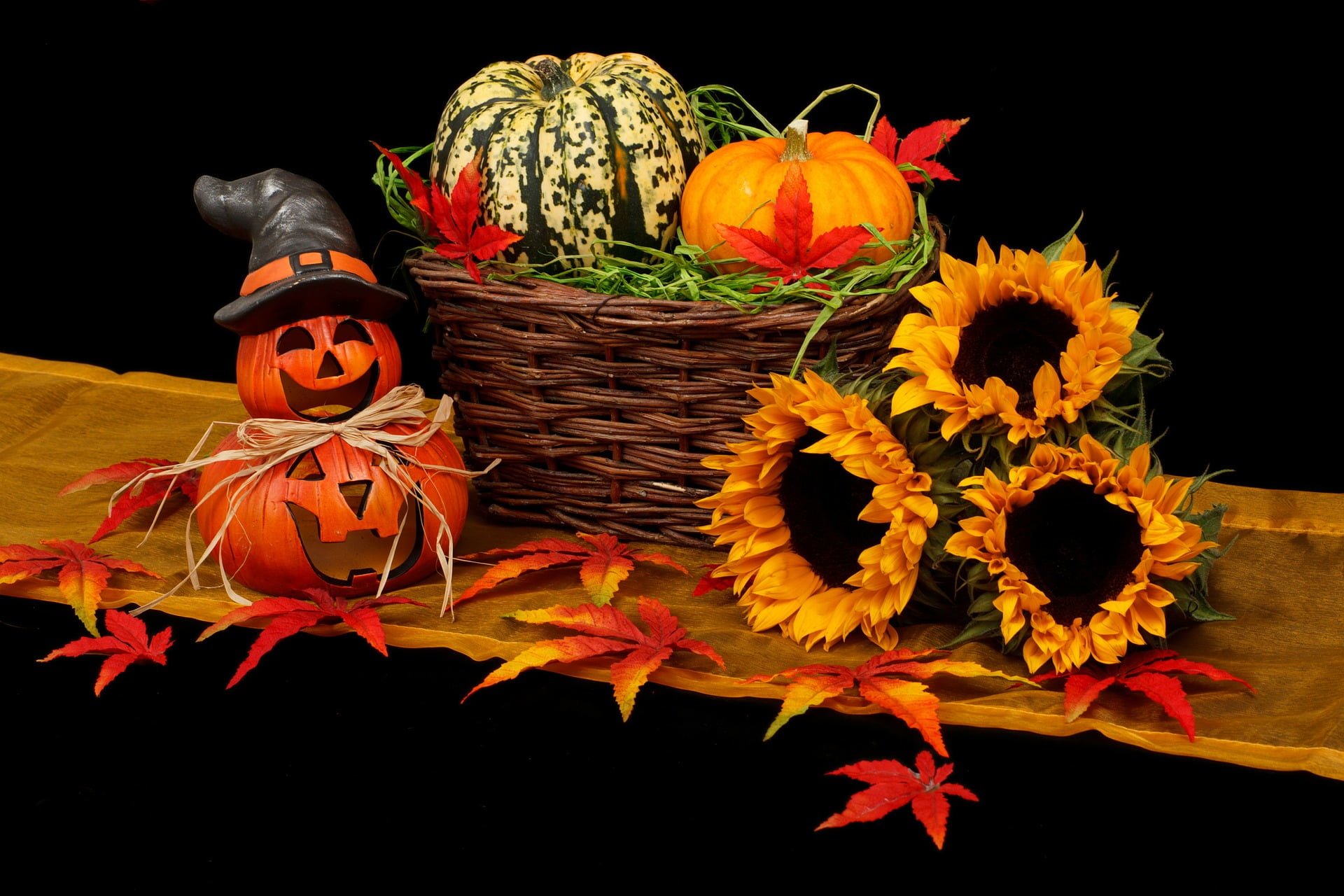
Why pumpkins are a symbol of Halloween?
The tradition of using pumpkins as a Halloween decoration dates back close to 200 years ago. It came from the Irish legend of Jack O’Lantern which is the story of a mean drunk named Jack who tried to fool the devil. After being refused into heaven and now in hell, he was condemned to forever wander between the two worlds. Prior to sentencing, Jack asked the devil for some embers which he put inside a hollowed-out turnip to make a lantern. Since then, this story has become folklore and an Irish tradition.
The Irish also acknowledge the night of October 31 as the night the dead returning to Earth to visit the living. Locals left a lit log or candle in a turnip, beet or potato as a lantern to guide the deceased back to the Kingdom of the Dead.
Escaping the great famine, the Irish emigrated to America bringing with them their traditions which they adapted by using a veggie that was available in October in America –the pumpkin. That’s how pumpkin replaced turnip, rutabaga and fodder beet.
Tricks to carving squash
To carve a beautiful pumpkin, you’ll need:
- A spoon to hollow out the pumpkin
- A nail or small screwdriver to trace your design
- A serrated knife, like a bread knife, to cut the bigger pieces
- A sharp knife or retractable blade, like an Exacto knife, to carve details
Of course, you can just pick up a pumpkin carving kit sold at stores specializing in holiday accessories or an arts and crafts store.
Like an artist, you have to have the best raw materials. That’s why choosing a pumpkin is important – so you can get real pleasure from your work of art. If you choose one that’s too small, you won’t be able to carve many details, not to mention that it’ll be fragile to handle. If it’s too big, you’ll lose a whole day just trying to empty it out. Instead, pick one that’s medium-sized, as round as possible and that will stand up by itself to it’s easier to carve.
- With a serrated knife, start by cutting a round or hexagon-shaped hole where the stem is. Make it big enough that you can put your hand in it.
- With a spoon, remove all the seeds and strands that are inside. Save the seeds for recipes.
- Pick the side you want to carve. It should be as smooth as possible, not bumpy as this will make easier to accomplish the task. Design or stencil the pattern you want using a small nail. To stencil a design, you can glue a pattern onto the side of the pumpkin and pierce holes with a nail to make it easier to carve out the shapes.
- Using a knife, cut out the points or lines that you drew earlier. Be careful to cut only the parts that need to be removed.
- Wash and refine the cut pieces by removing any strands that get in the way of your pattern. Ta da! Your pumpkin is carved!
- (Optional) If you want to make a jack–o’–lantern out of your pumpkin, simply put a candle inside of it and put the top back on. If the candle goes out, make a few small holes to so air gets in and the candle stays lit.
Want to be original for Halloween?
Want to change the look of your Halloween decorations? Think about using other kinds of squash besides pumpkins this year. We’ll give you some ideas of what to carve, but you should come up with alternatives to impress the neighbours!

So now do you know enough about squash? Thanks to these tips, you can make exquisite gourd-based dishes. And what are your favourite comfort food dishes that have squash in them? Share your questions and your recipes in the comment box!

